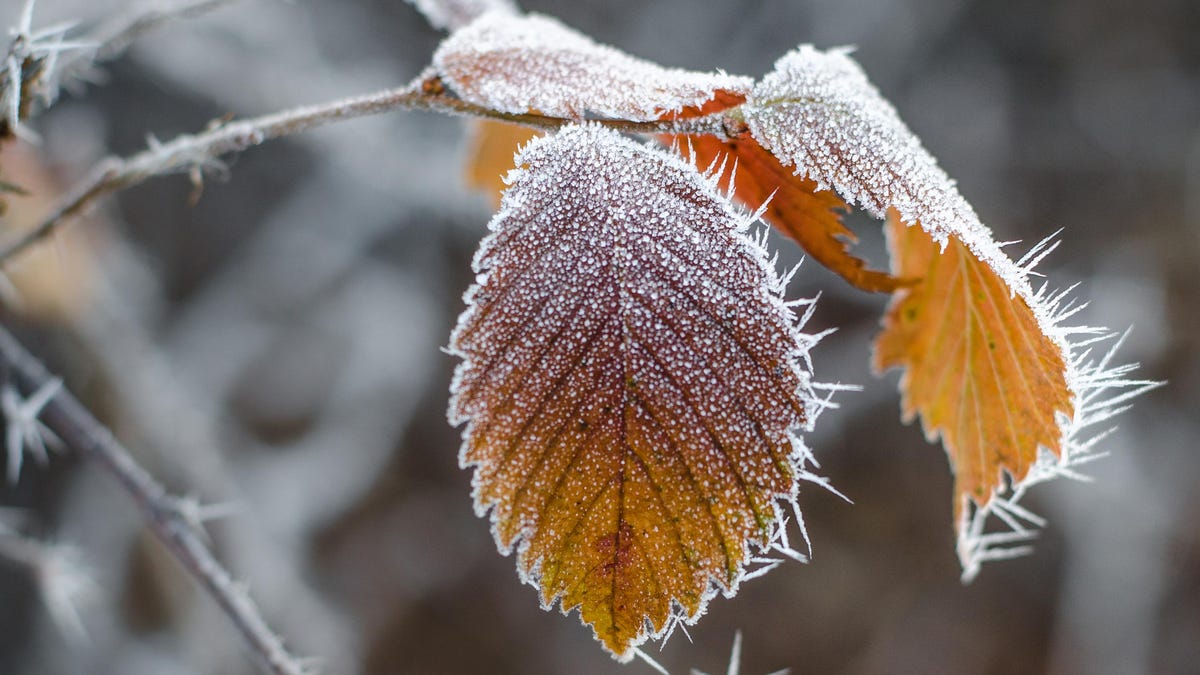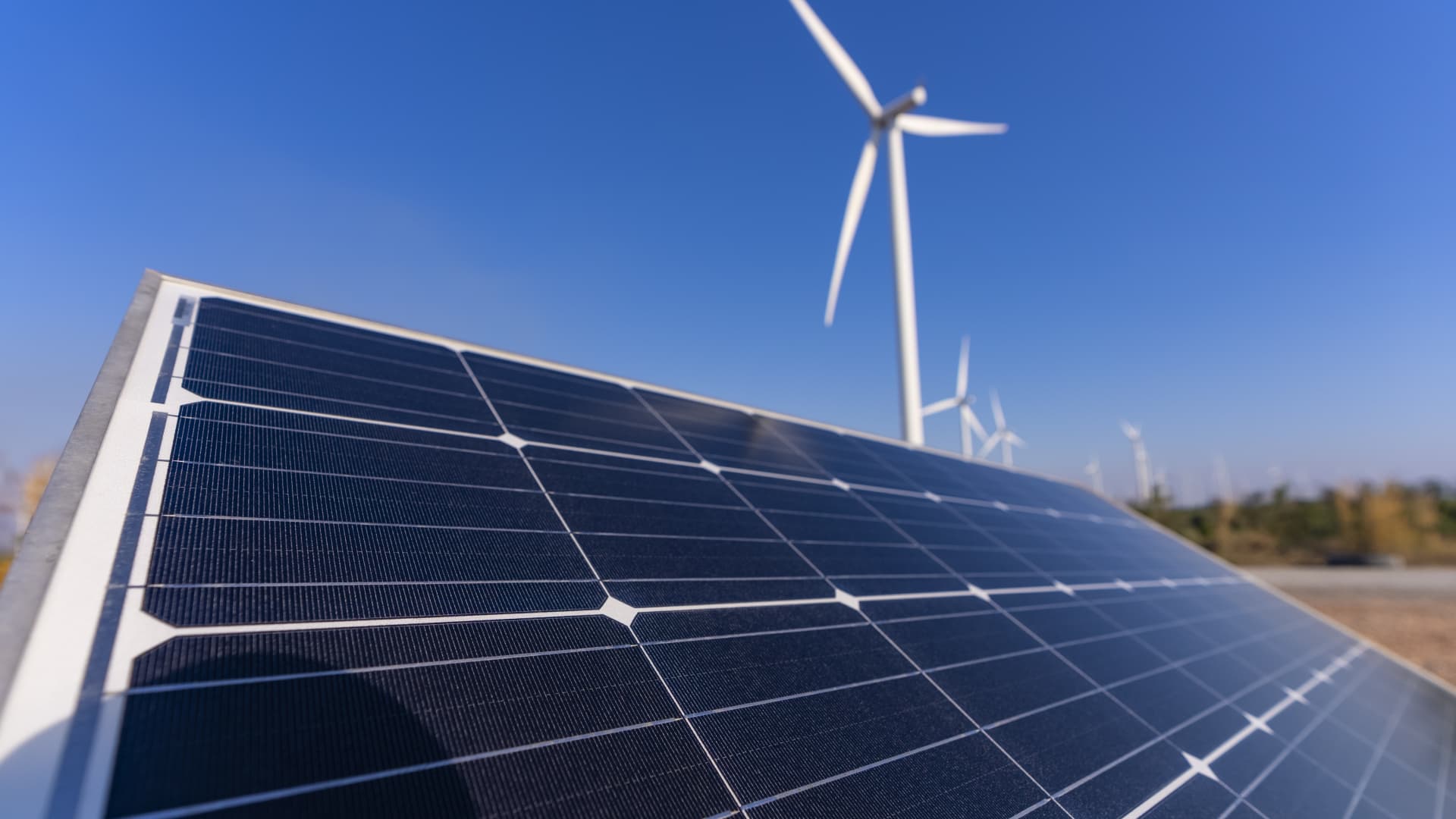When to Expect the First Frost in Your Area
For those living in the Northern Hemisphere, Saturday, September 23, 2023 was the first official day of fall. While some parts of the country are still dealing with the sweltering heat that started during the summer, other regions have...

For those living in the Northern Hemisphere, Saturday, September 23, 2023 was the first official day of fall. While some parts of the country are still dealing with the sweltering heat that started during the summer, other regions have experienced at least a few days of cooler weather.
Even though daytime temperatures may remain relatively warm, it won’t be long before some areas will start to get chilly enough for frost to form at night. So, when can you expect the first frost, and why does it matter? We’re glad you asked.
What are ‘frost dates’ and why do they matter?
A “frost date” refers to the average date of the last light freeze of the spring, or, in our case, the first light freeze of the fall. Frost affects the development of outdoor plants, shrubs, and trees in several ways, so gardeners tend to pay attention to frost dates to ensure that everything is ready to go for winter.
According to the Farmer’s Almanac, a “light freeze” is one of three categories based on how freezing temperatures impact plants:
Light freeze: 29° to 32°F — kills tender plants Moderate freeze: 25° to 28°F — harms most vegetation Severe freeze: 24°F and below — seriously damages most garden plantsWhen to expect the first frost of fall 2023
Frost dates are predicted using climate data from previous years, but if the weather of 2023 has taught us anything, it’s that there are no guarantees, and historical precedent only gets you so far.
That said, it’s better to have some idea of when to expect the first frost, and the Farmer’s Almanac has a simple online tool that can help. It uses data from the NOAA National Centers for Environmental Information to estimate the date of the first fall frost of 2023 in your area.
Visit the Frost Dates page on the Farmer’s Almanac website, and enter your ZIP code in the yellow search bar at the top. You can also scroll down a bit and click on “Browse Places by State or Province,” then select your state, then the nearest city.

 JaneWalter
JaneWalter 
































